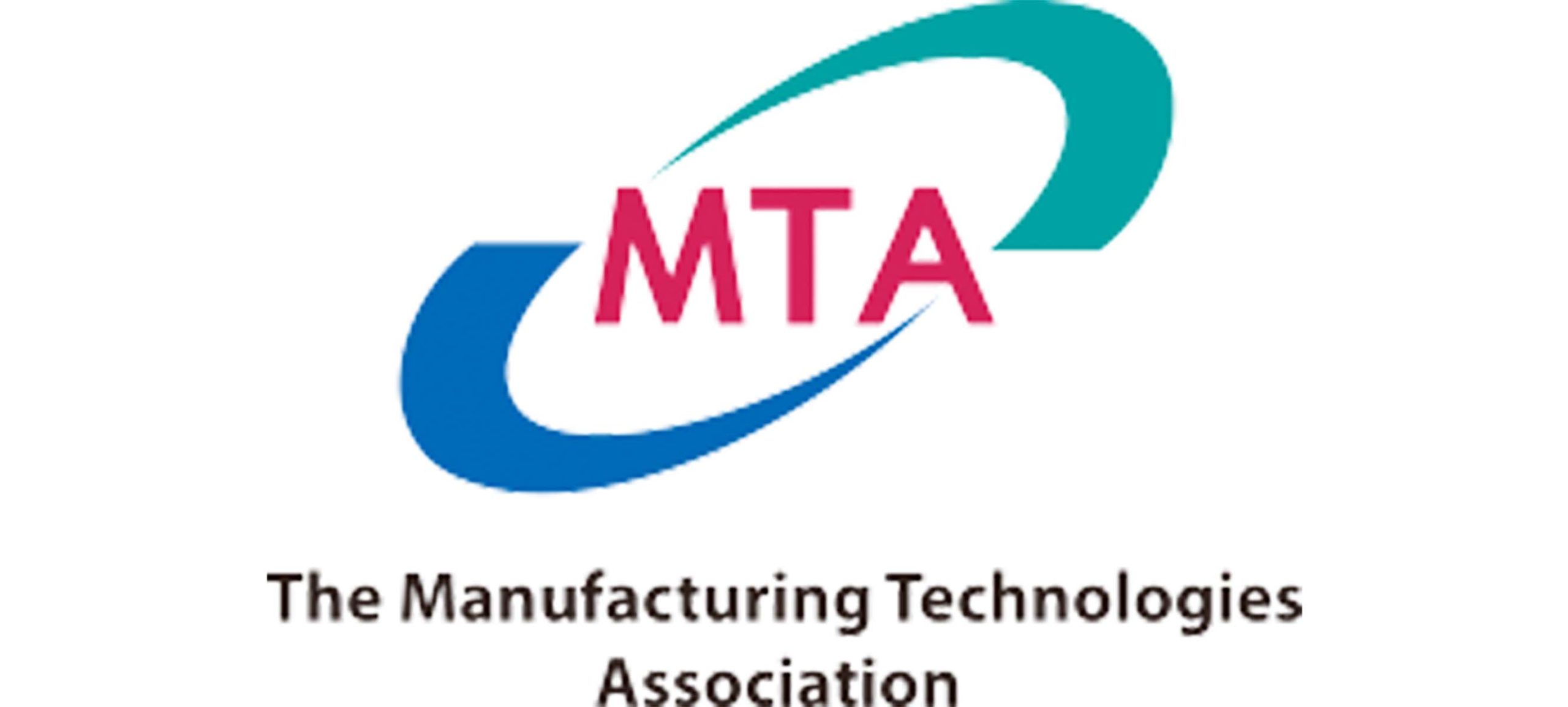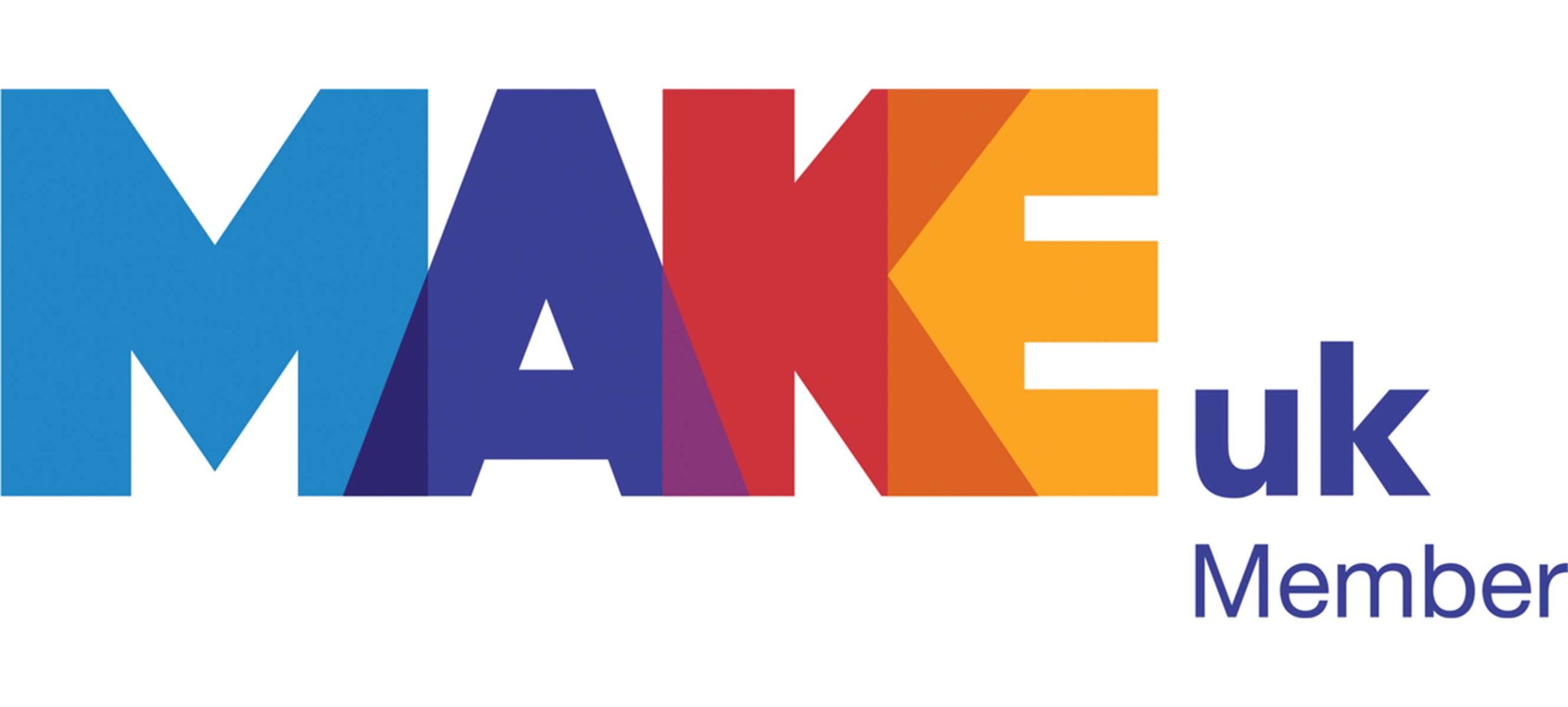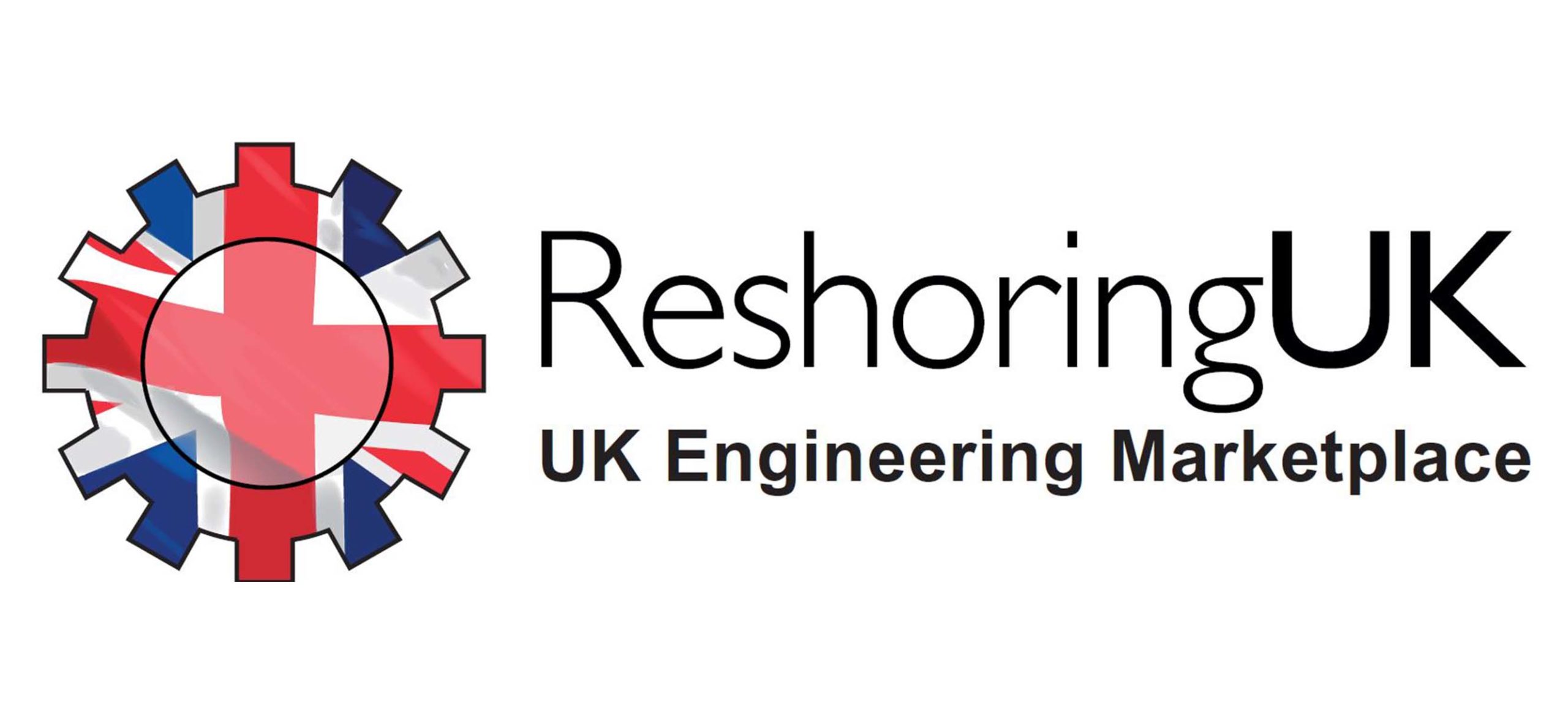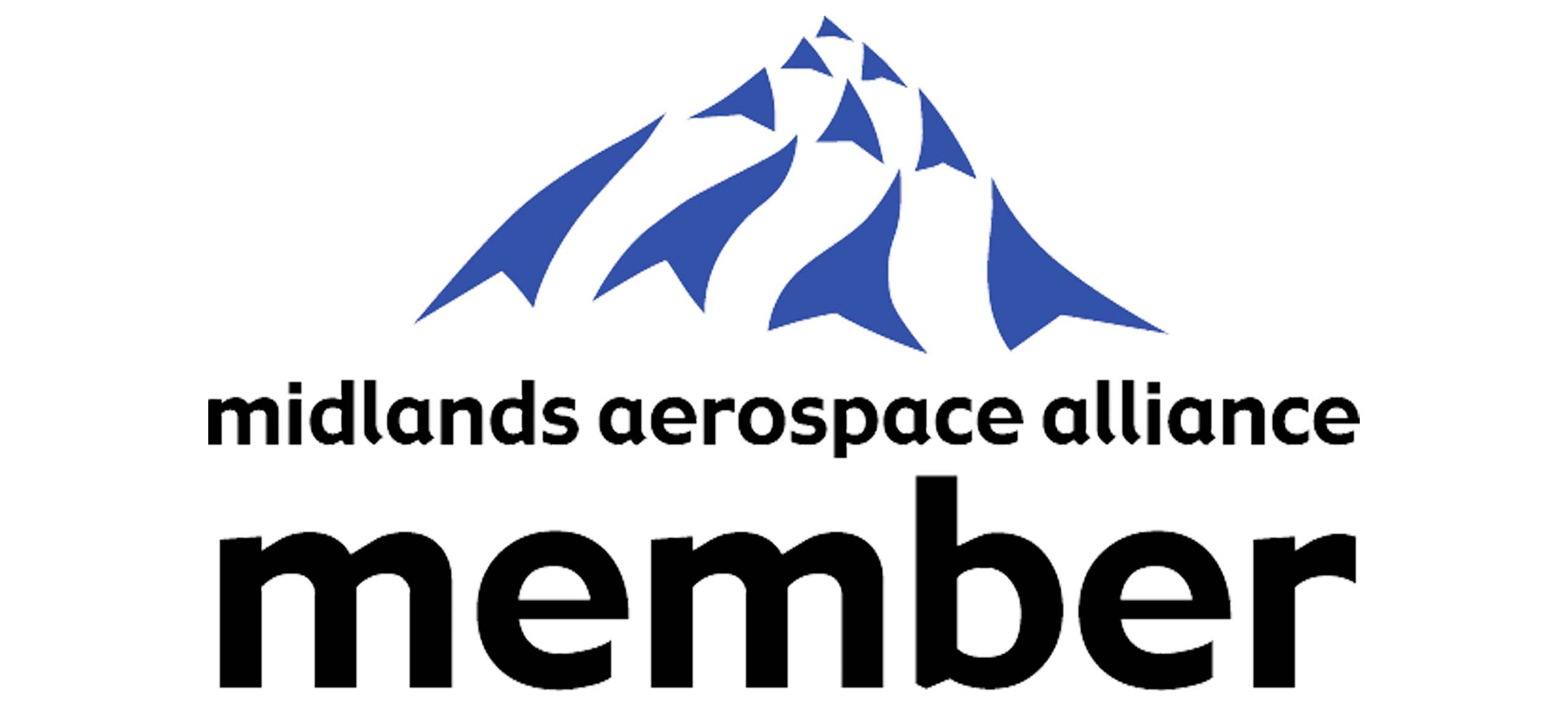What is a CNC Machine?
CNC machines (Computer Numerical Controlled machines) are sophisticated metalworking manufacturing tools that are controlled by computer programs.
Utilising modern technology and pre-programmed software that dictates its movement, the machines perform tasks that would otherwise have been completed manually by live operators.
CNC machines are able to control a vast array of complex machinery, including milling machines, laser cutters, lathes, press brakes and other types of industrial tools.
How Does a CNC Machine Work?
All CNC machines perform tasks according to a code; a set of step-by-step instructions with specific coordinates and commands that the CNC machine can easily read and follow. This code is programmed into the machine and instructs it how to move, cut, drill, rotate and use the different tools available.
Skilled programmers can manually write the codes for smaller operations, but for the more complicated jobs, this would be far too time-consuming. In these cases, a computer-aided manufacturing (CAM) system can be used to create the code.
Types of CNC Machine
CNC Mills
Utilising a rotating cylindrical tool called a milling cutter, a CNC mill is used to cut, drill and remove material. It can cut in different angles and move along different axles so has the capability to create a wide range of shapes, slots, holes and other impressions.
Laser Cutter
As their name suggests, laser cutters use lasers to cut, polish, melt and engrave materials into custom designs. There are several different types of laser cutters available, however they all produce parts with accuracy and high-quality edge finishes. They also provide less material contamination, physical damage and waste than other cutting processes.
Lathes
Similar to CNC mills, lathes also cut and remove material; however, unlike CNC mills, lathes cut and drill in a circular direction. They are therefore often used to process cylindrical pieces of material which need symmetrical patterns or curving across the radius.
Advantages of CNC Machines
What is a CNC Machine Used For?
What is a CNC Machine Used For?
From the medical sector to automotive and aerospace, CNC machines are used in a wide range of industries and for a wide range of purposes.
Medical
In the medical industry, patients require bespoke products, and businesses require precision and high volume to fulfil the needs of their facilities. This is why CNC machines are frequently used as they can rapidly create these customised products to the highest quality. Engineers can see their 3D designs before they’re manufactured so can ensure every component has the exact dimensions required, thus preventing medical misdiagnoses and part malfunctioning.
Automotive
CNC machines are also used in the automotive industry to create parts for various vehicles, like shipping vessels and freight trains. Those responsible for designing vehicles have to physically test prototypes in order to get the information they need on how to improve the model, and CNC machines enable the prototypes to be made to exact specifications. This helps to quicken up the research and development phase and reduce the time it takes to create the necessary vehicle parts.
Aerospace & Aviation
Businesses in the aerospace and aviation industry also benefit from CNC machines. Every component of an aircraft needs to be precisely constructed as even a small mistake could catch on air current, produce drag or increase wear. By embracing CNC machining and their advanced capabilities, bespoke parts with incredibly tight tolerances can be manufactured.
CONTACT US TODAY!
Discuss your CNC machine tool requirements with Mastrini MS Ltd.
We have the extensive experience and industry knowledge to provide tailored advice and find the ideal solution for your application.








